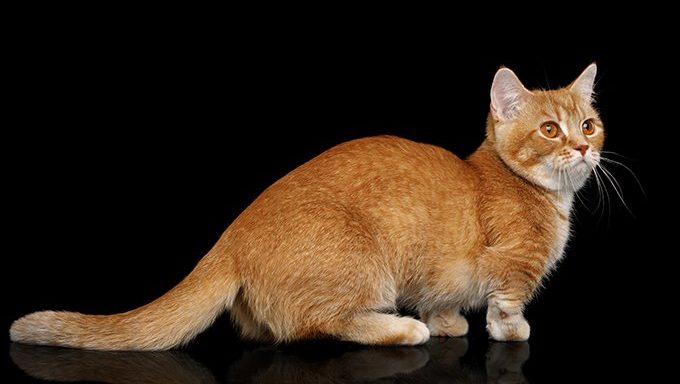Dwarf cats, commonly referred to as munchkin cats, are nothing short of adorable on paper. Dwarf cats’ tiny, little legs induce a chorus of “awwws” from just about any human.
Famous dwarf cats who’ve turned into memes, like Lil Bub and Grumpy Cat, only add to the insane popularity of the munchkin cat phenomenon.
Unfortunately, something as cute as a dwarf cat often…






